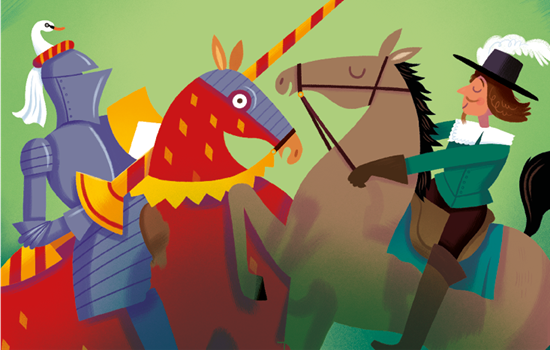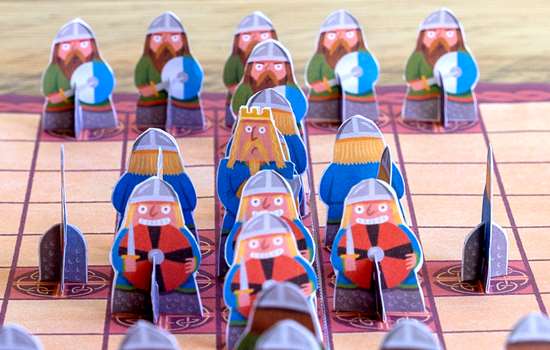Fashionable house
Henrietta Howard was an important and popular member of the Georgian court. Her friends included writers, poets and politicians.
In 1723, the Prince of Wales gave Henrietta a large gift worth £11,500. That’s equivalent to about £2 million in today’s money! Henrietta used this money to build a fashionable house in Twickenham, called Marble Hill.
Glorious gardens
When it was finished, Marble Hill was one of the most fashionable villas along the River Thames. Henrietta regularly held parties and entertainments for famous poets and writers such as Jonathan Swift and John Gay, along with her neighbours, including the Duchess of Queensbury and Horace Walpole, who was a writer and politician and was the youngest son of the first British prime minister.
Amazingly, Marble Hill and its glorious gardens still look very similar today as they would have in Henrietta’s time. And, of course, you can see where Henrietta would have enjoyed a game or two of ninepin bowling!
Bowling bonanza
Ninepin bowling was a fashionable game for wealthy Georgian people to play in their gardens. It was played using small, solid balls and was more like skittles than modern ten-pin bowling.
An area was laid out at Marble Hill for bowling, and archaeological investigations have revealed how it might have looked. There was a gravel area with a square to set up the pins, and seating for people to watch. It probably disappeared when an Italian-style garden was built in the 19th century, but now it has been recreated for visitors to see today.
Your turn! Here's how to make your own ninepin bowling game
Now you’ve read all about Henrietta Howard and how she enjoyed the trendy Georgian pastime of ninepin bowling in her garden, it’s your turn to make the game and play it at home. Challenge your friends and family to find out who is the modern-day ninepin bowling champion!
1. Gather together nine plastic bottles of a similar size. Take the labels off and wash them. You can then paint them with acrylic paint to add patterns, different colours or even make them look like historical figures.
2. Fill each of the bottles with around 2–3cm of water, sand or soil to add weight and screw the lids back on. These are your pins.
3. Now place the bottles in a square in three lines of three, around 15cm apart (see image). This is the traditional way to set the pins up for a ninepin bowling alley.
4. Stand around 5 metres back from the pins and count how many goes it takes you to knock down all the pins by throwing a ball at them (try using a tennis ball for this). The player who takes the least number of goes is the winner.
Pro tip! If you’re finding this game too easy, try standing further away or using a smaller ball to make it harder.



